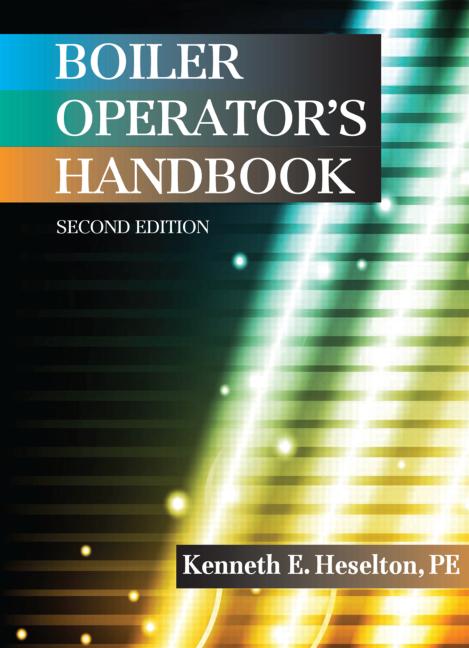Common installation mistakes occur when designers and installers fail to protect against low return water temperature to hot water boilers. This can occur in water source heat pump boiler installation, space hot water heating, pool water heaters, or domestic hot water. Low return water temperatures cause the combustion chamber to create moisture that can rain onto the burner assembly. This problem is regularly seen in many installations.
Outwitting Moisture
Natural gas as a fuel source contains a certain amount of moisture in its composition. This remains in the products of combustion as steam when combustion temperatures are high enough. Problems are that the cold water surface of the heat exchanger can be below the dewpoint of this water vapor. When this occurs, water condenses on the heat exchanger and drips. Manufacturers make specially constructed boilers to accommodate this condensation. They are called “condensing boilers.” These boilers are not where we experience problems. It is the low-cost, atmospheric hot water boiler installed improperly or applied where condensation is not intended to be present by the boiler manufacturer.Consider the commercial water source heat pump loop. This system has a typical water loop design temperature of 85°F. Return water on these systems can be as low as 65° during design start-up conditions. This loop temperature is below almost all hot water boiler design temperatures, even condensing boilers.
The solution is not found by picking a different boiler, but by providing the system with the ability for operation at dual temperatures. One temperature, the boiler loop, would circulate to meet the flow and temperature needs of the boiler. This is typically a minimum of around 140°. The second temperature, the loop temperature, is provided by mixing a portion of the boiler loop (say 160°), and the loop return (say 65°), to blend to meet the loop design temperature. Commonly, this application requires multiple pumps: one for the boiler loop for its flow requirements, and one for the primary loop and its flow requirements.
Swimming pool boilers are also operated at low desired loop temperatures (typically at 80° to 85°). These systems have a single loop pump. The boiler often provides its own bypass loop with an internal thermal flow valve, like an automotive thermostat in some cases. Built into the boiler, this method of return water temperature regulation can be overlooked by service technicians.
Domestic hot water boilers can be provided with separate hot water storage tanks. These installations require field installation of the cold domestic water source properly to prevent flow of cold water returning directly into the boiler. Hot water return pumping can help many problem projects.
Start-Up Woes
The next common mistake is failing to design for the hot water system to be able to start up from a cold condition. In the past, many hot water boiler systems were started once per season. They often had a manual bypass valve installed in a position that permitted the boiler mechanic to bypass hot supply water with colder than desired return water during the seasonal boiler start. The bypass would be closed following the building hot water loop reaching desired operational temperature, and the boiler stayed on until spring.Today, automatic controls regularly start building hot water systems only when required, many times per season. Hot water boiler systems with the proper application of a thermally activated bypass valve to provide the mixing function can be started many times per season.
What happens if hot water systems have unwanted “rain” in the burner assembly? Some boilers have problems with draft control, when cold air downdrafts into the combustion chamber. This problem is serious and is usually easily found by draft gauges. Minimally, the burners will rust, causing inefficient operation. When burners get plugged with rust, the combustion is incomplete and problems occur. In the most severe cases (usually there are multiple problems), we have seen burner assemblies reach red hot conditions, and the combustion rain literally causes explosion-like sounds on the burner surfaces - all generally solved by correcting for proper hot water return temperature.
Hot water boiler systems are usually installed properly. The systems that should be looked at for low return water temperatures often have multiple burner assemblies fail.ES



